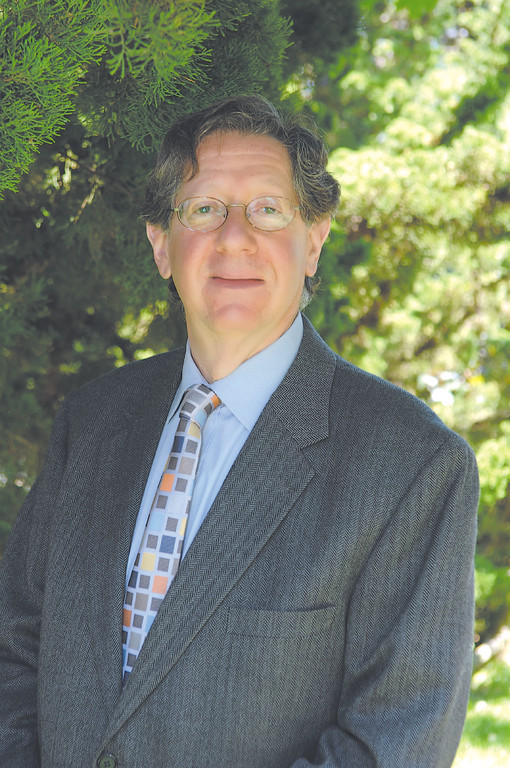The Kosher Bookworm:A Purim Literary Redo 5772
Last week’s essay centered upon the valued commentary, “Majesty and Mystery” (OU Press, YU Press, Ktav, 2012) by Rabbi Norman Lamm on Megillat Esther. As noted then, that work also includes an impressive and comprehensive commentary on the Maariv evening service that frames the reading of the megillah. Accordingly, this week I wish to share with you a sampling of that liturgical commentary for your edification.
The first paragraph of the evening service revolves around the theme of the cosmos.
This opening prayer states in clear language that the Almighty “arranges the stars.”
Rabbi Lamm teaches us the following:
“When the artist Van Gough was asked about his famous expressionistic painting,
‘The Starry Night,’ he said, ‘I felt a need of – shall I say the word? – religion, and so I went out and painted the stars.’
“It is the very permanence of the stars and the solace they offer to an unstable society that makes them the symbol of religion. It is this fixity amidst flux that Torah offers and that the Messiah will teach. The religion of Torah does not change with the times. It is not subject to the whims of the public opinion poll. Its strength derives from its perennial reliability.”
The signature prayer in the Purim liturgy, Al Hanissim, is inserted into the Amidah and Grace throughout the day. Included in the Purim version is the following phrase, “when the wicked Haman rose up against them.” From this Rabbi Lamm teaches us the following:
“There is a remarkable passage in the Talmud {Hullin 139b}: ‘How do we know Haman is mentioned in the Torah?’ And the Talmud cites a verse in Genesis: After Adam and Eve have eaten of the forbidden fruit of the Tree of Knowledge, G-d said to Adam: ‘Did you eat from the tree…?’ {Genesis 3:11}. The first word in this accusation is ‘ha-min’, which, in a play on words, sounds like Haman. Thus we know of Haman from this verse.
“Now, this is a remarkably peculiar passage – unless it is but an example of Talmudic humor, which it may be occasionally but certainly not always.
“Why does the Talmud have to seek a source for Haman in the Torah? The answer – and it is a remarkably perspicacious insight – was offered by the late sage of Kletsk and then Lakewood, Rav Aharon Kotler, zt”l. The Talmud, he tells us, is pointing to a remarkable similarity between Haman and Adam in their approaches to life. Both Adam and Haman are guilty of partially unfulfilled rising expectations, causing them to insist that they must get everything, without exception. Thus, Adam in the Garden of Eden would seem to have had everything a man could want: an inexhaustible food supply, the loveliness of Paradise, a wife, rivers and trees and mountains of gold and silver, everything – except for one little tree the fruit of which is forbidden to him. Everything he has means nothing; it is only that one tree which he must have. Hence, his expulsion from Paradise.
“Haman goes through a similar process. He has everything that a politician can want: power, glory, the envy of his colleagues and subordinates, riches, and a large household. He is a man who effectively runs the entire Persian Empire, because the king is, after all, a fool.
“ Only one little thing is denied Haman: a solitary Jew outside the court refuses to bow to him. This proves to be such a maddening factor to Haman that he proposes a plan for genocide and ultimately is ruined and executed because of it. Each of them is, therefore, undone by rising expectations.
“Rising expectations, while certainly justifiable and necessary for constituting a moral and fair and equitable society, entail dangers in the realms of psychology, politics, and morality. Perhaps the most moral and Jewish approach to rising expectations, both of the Purim epoch and our own, should lead us to a modification of this theme. Rising expectations, yes – but not expectations of others; rather, of ourselves.”
Our festival calendar, besides its religious character, is both a history lesson and a valued teaching on current events. A clear reading of both Rav Kotler’s and Rav Lamm’s take on the Purim theme as seen above can serve as an apt lesson for all of us to better understand the divine intent as it was played out in the past and as it is being played out now, right before our eyes.
How uncanny is the similarity in the behavior of the Persian leaders of antiquity to that of the contemporary leadership of that same country. The blind hatred toward the Jews
as demonstrated in the megillah can be seen in the very policies and ideologies of Nazism, Communism and Islamic Fascism. This is the purpose for our observance of Purim, to gain strength through faith and fortitude by example as we face the travails in the days yet to come.
FOR FURTHER STUDY
Purim marks a major publishing event in Jewish history, the publication in 1975 of “The Megillah” by Rabbi Meir Zlotowitz and Rabbi Nosson Scherman. This literary gem marked the genesis of the Artscroll revolution. Designed initially as a memorial to our mutual friend, Marty Fogel, a”h, the Artscroll Megillah set the pace for a publishing effort that was to revolutionize English literary Judaica forever, sure proof that good intentions do get rewarded.
Also, please note that among Artscroll’s latest works is an updated version of the biography of Rav Moshe Feinstein, “Reb Moshe” by Rabbi Shimon Finkelman. With Rav Feinstein’s yahrtzeit coming up just before Purim, this work deserves attention.

 55.0°,
Mostly Cloudy
55.0°,
Mostly Cloudy 




